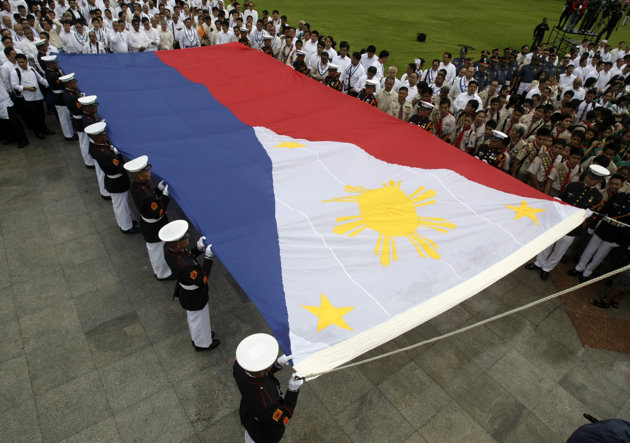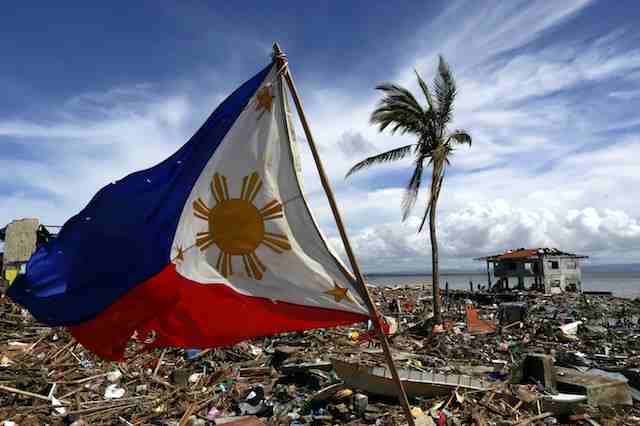
We can all recognise the Philippine flag, but not everyone is familiar with its symbolism and history. Here are some facts you might not have known about the national emblem:
1. The Philippine flag was heavily inspired by the Stars and Stripes
The similarity between the two flags is not just coincidence. As a form of “profound gratitude”, the designers of the flag decided to honour the US for its “disinterested protection” of the Philippines, thus the red, blue and white theme and the use of stars.
2. The three stars denote Luzon, Mindanao and Panay
The three stars signify Luzon, Panay and Mindanao and not (as you might expect) Luzon, Visayas and Mindanao. The Proclamation of Independence in 1898 referred to these as “the archipelago’s three principal islands”. The stars, it added, commemorate the places where the revolution against Spanish rule began.
3. The white triangle represents the Katipunan
As the Philippine’s most dominant and influential force during the Spanish revolution, the society sparked the masses into fighting for their rights and the country’s sovereignty. Furthermore, the triangle also refers to the “Eye of Providence” which was adopted by Freemasonry and later inspired the Katipunan’s ideologies, traditions and rituals.

4. The sun combines two representations
The rays indicate the eight provinces – Manila, Cavite, Bulacan, Pampanga, Nueva Ecija, Bataan, Laguna and Batangas – as the foremost regions that supported the revolt, but the sun also embodies the “gigantic steps made by the sons of the country along the path of progress and civilization.”
5. The shades of red and blue used by the flag were revised
In 1985, President Ferdinand Marcos attempted to change the shades of these two colours, but his proposal was rejected after the EDSA revolution. However during the centennial year of the proclamation of independence in 1998, navy blue was replaced with royal blue.
6. The flag was once banned in the Philippines
In 1907, Act No. 1697 or the Flag Law of 1907 was passed and it prohibited the display of the Philippine flag which was then replaced by the stars and stripes of US. After 11 years and upon liberation from the US this law was repealed and the Philippine flag was reinstated as the nation’s official standard.
7. The Philippine, Cuban and Puerto Rican flags are strikingly similar
If you put these three flags side by side, you can’t miss their similarities. All three countries were once Spanish colonies, that later came under the control (in one way or another) of the USA.
8. It is the only flag in the world designed to be hung upside-down when the country is at war
People of other countries use this same tactic as a temporary distress signal, but only the Philippines maintains it as a nationwide policy while at war.

Comments are closed.